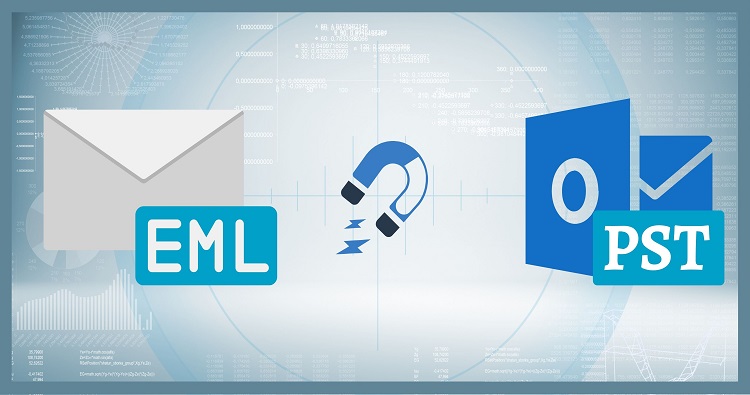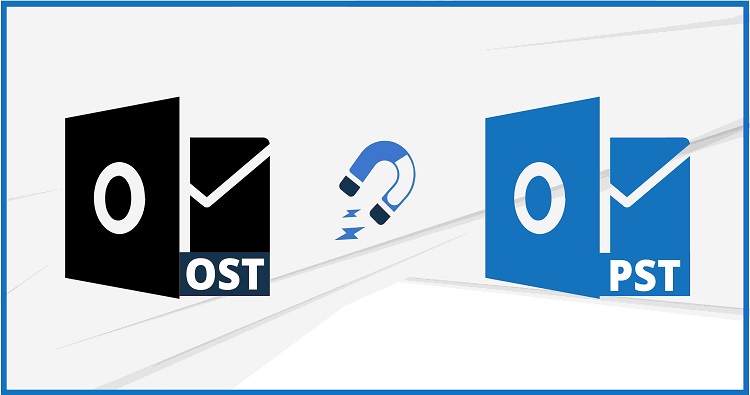If you are used to Skype for Business or Teams, you can see the status of the people in TO and CC fields of an Outlook email. This presence information can be helpful. However, there may be circumstances where presence icons do not appear in Outlook. Many Microsoft users are still facing Outlook not showing teams status issues for a while.
Imagine if you ever opened Outlook to find your colleagues’ but Teams presence mysteriously vanished. Fear not, you’re not alone! This common issue can be caused by a few different factors. But worry no more, because this blog will guide you through troubleshooting steps to get those Teams presence icons back in action!
How do I know if the Team status Not Showing in Outlook?
Here’s how you can check if your Teams status isn’t showing in Outlook for others:
1. Ask a Colleague:
The most straightforward way is to ask a colleague if they can see your Teams presence icon next to your name in their Outlook. This will confirm if the issue is on your end or theirs.
2. Check Your Teams Status:
Open the Teams app and look at your profile picture in the top right corner. Hover over the picture or click on it to see your current status. This verifies if your Teams status is set correctly (Available, Busy, etc.).
3. Review Outlook Settings (for Informational Purposes):
While there’s no direct “enable Teams status” setting in Outlook, you can check if the settings that allow Teams presence display are configured properly:
- Open Outlook.
- Go to File > Options > People (This might vary slightly depending on your Outlook version).
- Ensure the checkbox for “Display online status next to name” is checked.
Remember: This setting only controls if Outlook displays presence information (if available) – it doesn’t directly affect if your Teams status transmits correctly.
Why is Outlook Not Showing Teams Status: Quick Fixes
Several reasons might explain why Teams presence isn’t showing in Outlook. Here are the most common culprits and how to tackle them:
- Missing Teams App: Ensure you have the latest version of the Teams app downloaded and running on your computer.
- Teams Not Registered as Default IM App: Outlook relies on Teams for presence information. Let’s check the settings:
- For Windows: Search for “Registry Editor” and navigate to HKEY_CURRENT_USER\Software\Clients\Teams. Look for the “DefaultIMApp” value. It should be set to “Teams“. If not, right-click and modify it.
- “New Teams” Experience: The new Teams experience might have a temporary hiccup with presence in Outlook. Try toggling it off:
- In Teams, click your profile picture, then “Settings” > “General.”
- Disable the “Turn on the new Teams meeting experience” option.
- Restart Teams and Outlook.
- Contact Mismatch: Presence relies on matching email addresses. If a colleague’s Teams sign-in differs from their email, it can lead to missing presence. Advise them to ensure both addresses align.
Pro Tip: If none of these solutions work, consider restarting your computer. Sometimes, a simple reboot can iron out glitches.
Advanced Troubleshooting (for IT admins):
For more complex scenarios, IT admin can refer to Microsoft’s documentation on User presence status issues in Outlook (Microsoft Support and Recovery Assistant) for a deeper dive into troubleshooting.
Conclusion
By following these steps, you should be well on your way to regaining those helpful Teams presence icons in your Outlook. If you continue to experience issues, reach out to your IT department for further assistance.
Frequently Asked Questions:
Q. Do I need to enable Teams status in Outlook?
A. No, Teams presence information doesn’t require specific “enabling.” However, ensuring the Teams app is running and registered as the default chat app is crucial.
Q. What other tips can help?
A. Update your Outlook application to the latest version. Clear your Outlook cache (consult Microsoft documentation for specific steps).
Q. What to do if the inbox Repair tool not working for Outlook data files?
A. Did you know the Inbox repair tool works only for miner outlook data corruption? If it fails to repair your Outlook data files, consider using any third-party tool for your corrupted files.




